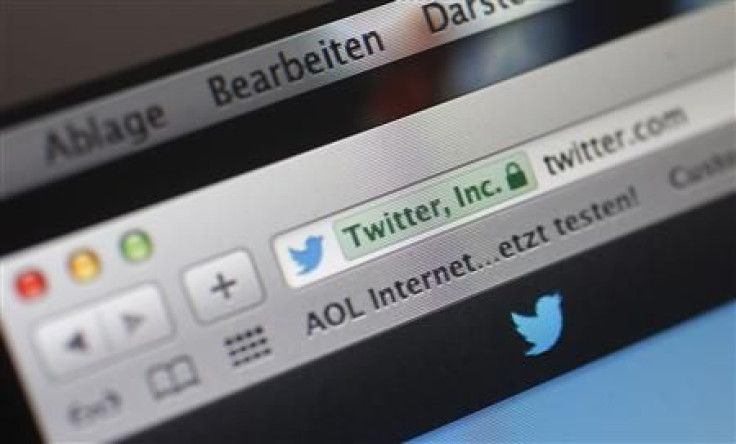The Immaculate IPO: What Twitter (NYSE:TWTR) Did Differently From Facebook (NASDAQ:FB) During Their IPO

Facebook’s (NASDAQ:FB) IPO will undoubtedly be remembered as one of the most calamitous public offerings in the history of the U.S. equities market. Thousands of independent investors were forced to sell at a loss after NASDAQ’s computer system froze, interrupting the natural flow of buy and sell orders. The worst part about the Facebook glitch: Institutional investors were, for the most part, unscathed. It was the retail investors whose share prices plummeted before their sell order could be executed who were really hurt by the glitch.
Here are five things that Twitter did differently from Facebook, and how they contributed to a more successful IPO:
Choosing NYSE: The New York Stock Exchange has more resources than the NASDAQ. Like, for example, a trading floor. While it may be cheaper to list on the NASDAQ, the exchange leaves investors exposed to all of the volatility associated with electronic trading, as Facebook learned all too well. If your company’s IPO is shaping up to be one of the most widely anticipated in the history of the U.S. equities market, it probably makes sense to choose the exchange that can offer more stability. Twitter (NYSE:TWTR) made the right choice.
Conservative valuation: Twitter tried to keep speculation about it’s price on day one in check by starting investors out with a very conservative estimate. It started Oct. 24, when Twitter announced its initial price would be between $17 and $20. The night before the IPO, Twitter revised its price upward to $26, just above the $23-$25 range anticipated by investors.
Test IPO: On Saturday, Oct. 26, the NYSE tested their electronic system. They simulated an auction, tested the electronic data systems and connectivity at the exchange. This was the first time in the history of the NYSE that they ran a test like this, with the sole purpose of preventing a glitch similar to what brought the NASDAQ tumbling down. The NYSE announced that the test had gone off without a hitch. So it’s no surprise the IPO also went swimmingly.
Facebook released more shares: On May 16, two days ahead of its IPO, several Facebook shareholders decided to cash out, putting another 100 million shares up for grabs. This move made investors nervous. Offering more of your shares is hardly a vote of confidence that the company’s fortunes are going to improve. And this coming from people with intimate knowledge of Facebook’s operations, who should logically -- if they felt the company would indeed increase in value -- want to hold onto their shares to sell at a later date.
Filed privately for the IPO: When Twitter filed for its IPO on Sept. 12, it announced via Twitter that it had done so confidentially. Why? Because of the JOBS Act, companies with under $1 billion in revenue are allowed to file their S-1 forms with the SEC without revealing any juicy details about the company’s earnings or other accounting metrics. The decision to keep this information secret was smart: It allowed Twitter to avoid some of the speculative brouhaha that helped inflate Facebook’s share price ahead of its IPO.
© Copyright IBTimes 2024. All rights reserved.











